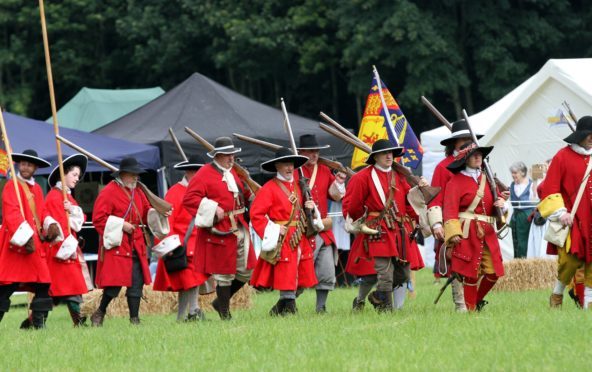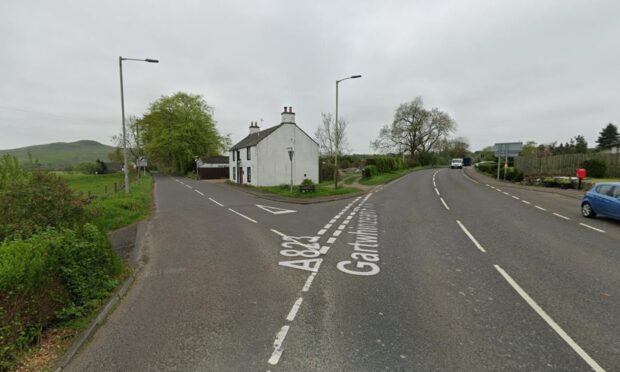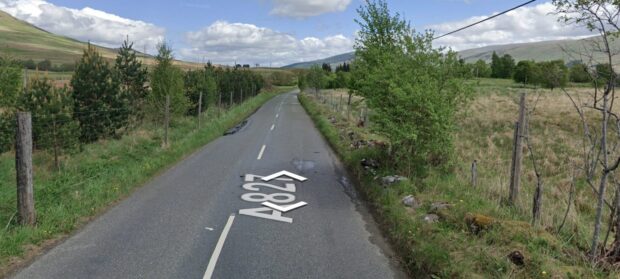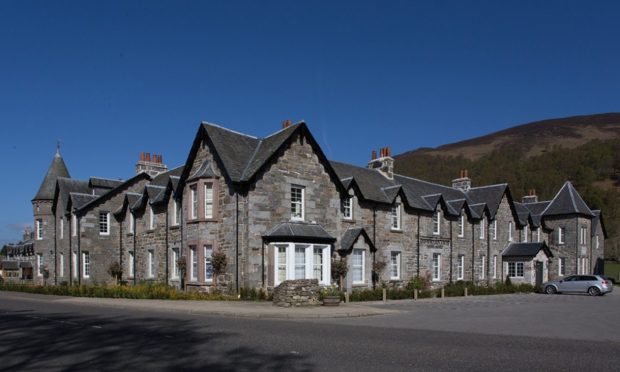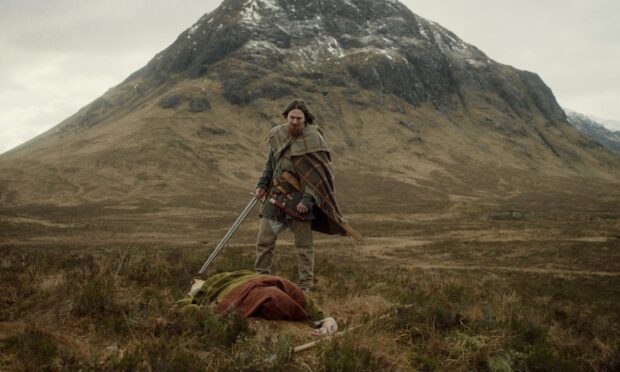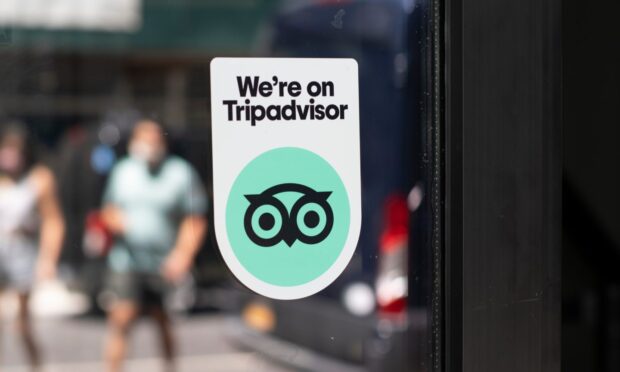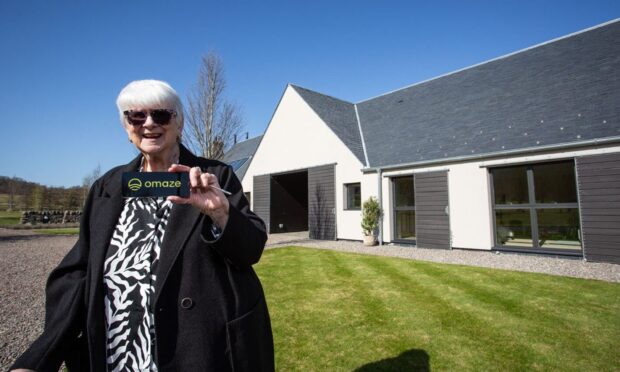A battle is being waged in Perthshire over the importance we place on our country’s heritage.
The two opposing sides are squaring up to metaphorically clash swords on the future of a bloody battle site which is perhaps less well-known and cherished than it should be.
Killiecrankie remains one of the best preserved Scottish battlefields and still contains a lot of information yet to be discovered about the Jacobite conflict, but could be seriously damaged by plans for the dualling of the A9.
Transport Scotland claim that the current road has already damaged the site and that they have carefully drawn up their plans to minimise further impact.
The passionate objectors describe the route as currently envisaged as “the worst of all options” and are determined that the site should be saved for future generations.
In a country so rich in archaeological sites from every era, it may seem to some that sacrificing a piece of a long forgotten battle is an acceptable price to pay for progress.
The dualling of the A9 is a fantastic project but it would be unimaginable in a country like America, where significant archaeology is much more scare, that a site of such national importance would be under threat.
The Battle of Killiecrankie was a pivotal moment in Scottish history and more than 2,100 men lost their lives in the space of a couple of hours.
Historians point to many interesting facts about Killiecrankie – it was the last major battle in which the large two handed sword, of William Wallace fame, was used and might also have been one of the last battles in Europe in which archery played any part.
It is the battle where the hand grenade was first used on British soil and it is the first battle where evidence of friendly fire was discovered, where soldiers killed their men on the same side by mistake.
Let’s hope the current conflict doesn’t have to be decided at an expensive public inquiry and a compromise route can be agreed by both sides.
